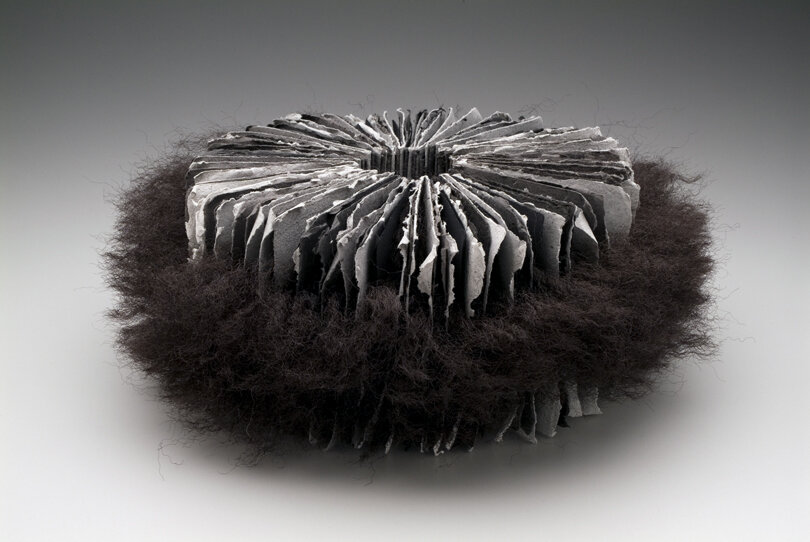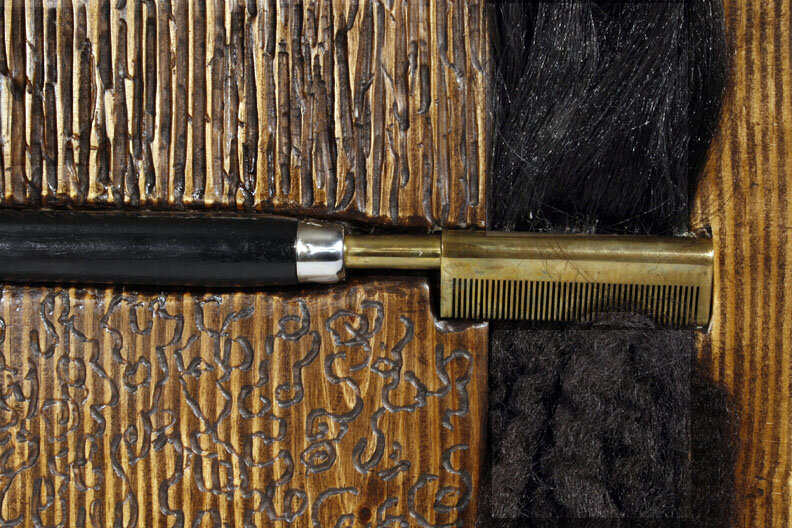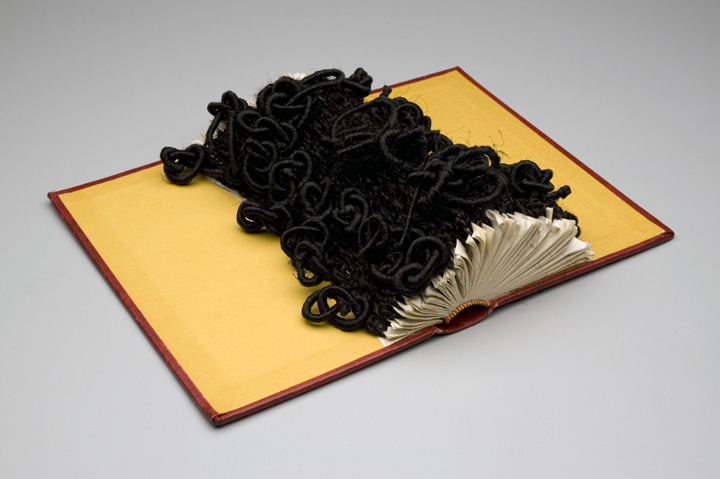




Bone Straight, Afro Centric, and Bad Hair are three books housed in the Schomburg Center for Research in Black Culture of the New York Public Library. The Center is located in Manhattan and “is generally recognized as the world’s leading research library devoted exclusively to documenting the history and cultural development of peoples of African descent worldwide.” The Center was founded during the Harlem Renaissance, and since that time, the collection has grown to over 10 million items.
The Center offers diverse programming, including lectures, exhibitions, classes, and workshops in addition to supporting research. Many of the collections are available digitally. Access to the Center is free, but a library pass is required for entry. Visitors who do not reside in NYC are invited to apply for a free library card on-line, which is valid for three months.
The Center has an extensive website that also includes helpful tips. In addition to obtaining a library card, visitors are encouraged to reach out to the staff to reserve materials in advance. Researchers can search the collections on-line prior to visiting and tours are also available and can be arranged in advance. Personal items must be checked in before entering the research areas and check in service is free.
Hair fiber is feature in several of my works, including the three that are in the Shomburg collection. Sometimes, the subject of the works are hair culture and sometimes not, but these three in particular are. Afro Centric is celebratory, while Bone Straight is a witnessing. Bad Hair is about discriminatory employment practices.


